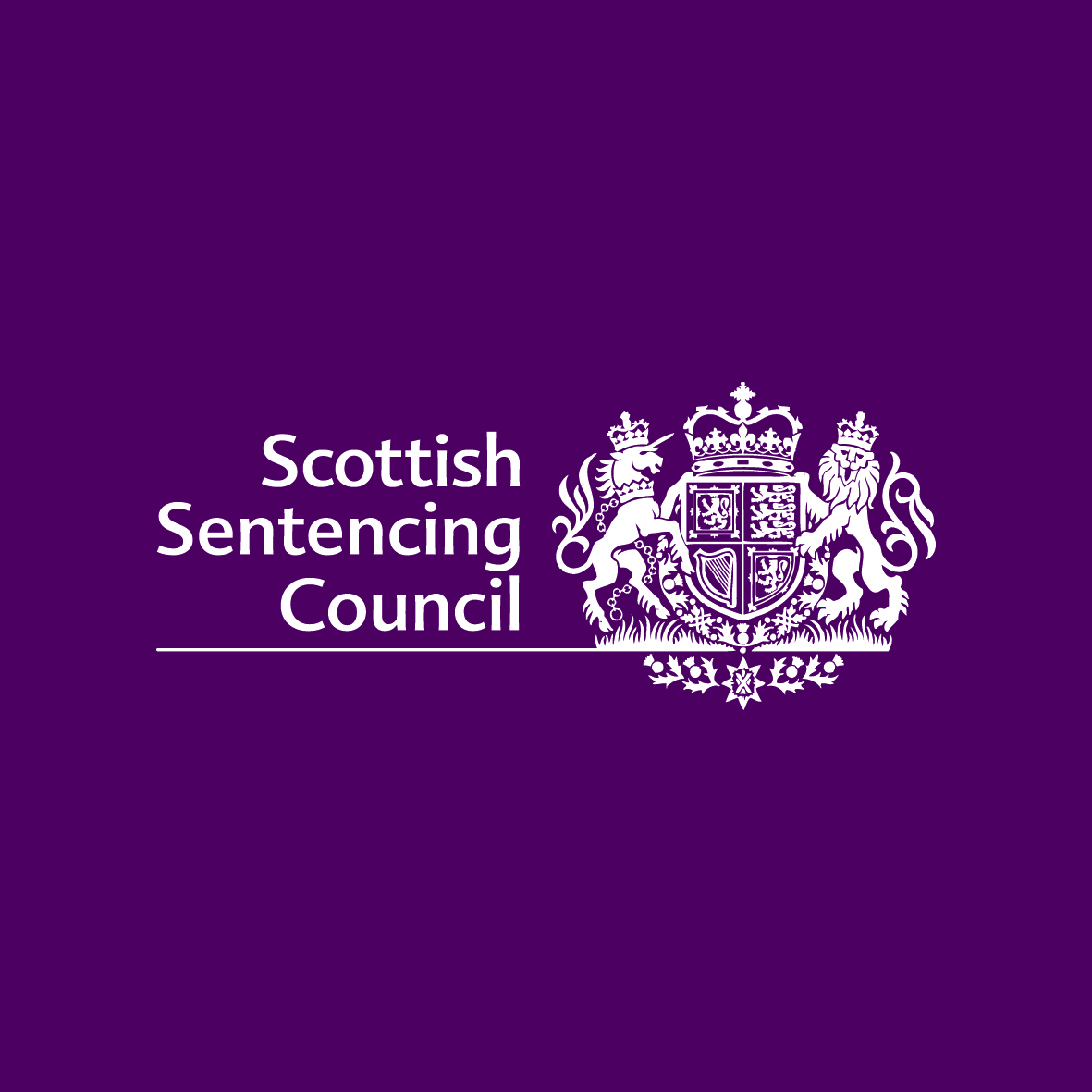Paper exploring public perceptions of youth offending and sentencing published

Ahead of the forthcoming public consultation on its draft sentencing of young people guideline, the Scottish Sentencing Council has published a paper which explores public perceptions of youth offending and sentencing.
The paper forms part of a range of research and engagement the Council is conducting to help with the development of the guideline.
Key public attitudes to the sentencing of young people were explored through seven focus groups, conducted throughout Scotland, with a total of 39 participants.
The participants were asked for their views on the core principles in sentencing and the best practice approaches to reduce offending behaviour, along with examining a real world case study.
The paper highlights that :
- Participants tended to see rehabilitation as a key goal in sentencing young people – more so than when sentencing adults, although punishment and deterrence were also important.
- There was no agreed definition of a “young” person. Participants’ definitions of when youth should no longer be taken into account ranged from 16 to up to 25
- Successful interventions were often seen to come before sentencing often taking the form of diversions from prosecution rather than as a result of it.
- When undertaking the sentencing case study, participants tended to agree on a sentence that was very similar to that given by the court.
This paper which is available to read in full on our website, should be read in conjunction with the Council’s other published research on this topic.
This work was undertaken in two tranches, initially from June to August 2017 and then subsequently between January and March 2018. This work was used to inform the Scottish Sentencing Council’s decision making and drafting around the ‘Sentencing young people’ guideline.
A public consultation on the sentencing of young people draft guideline is due to take place early in the new year.

